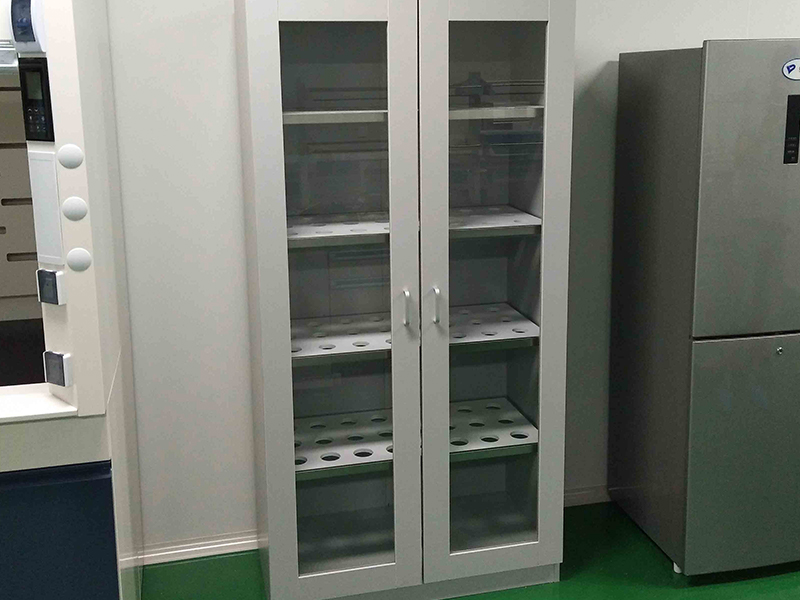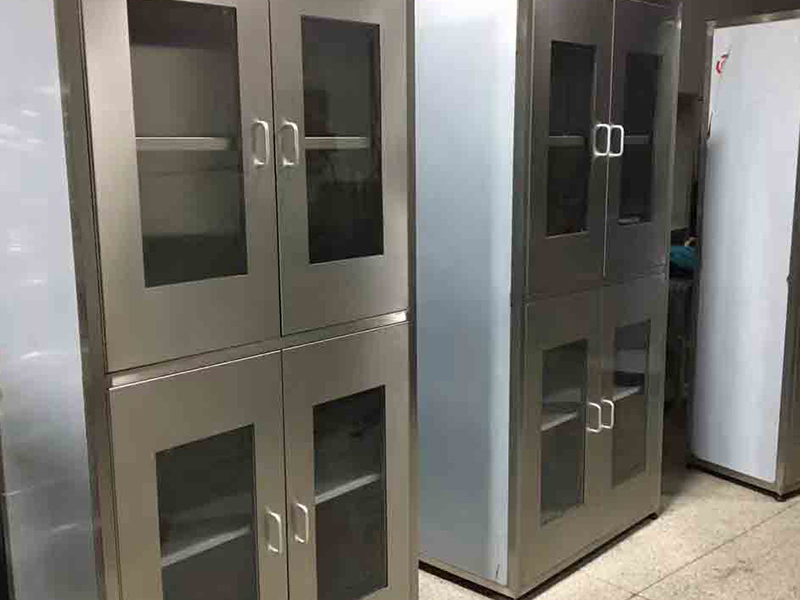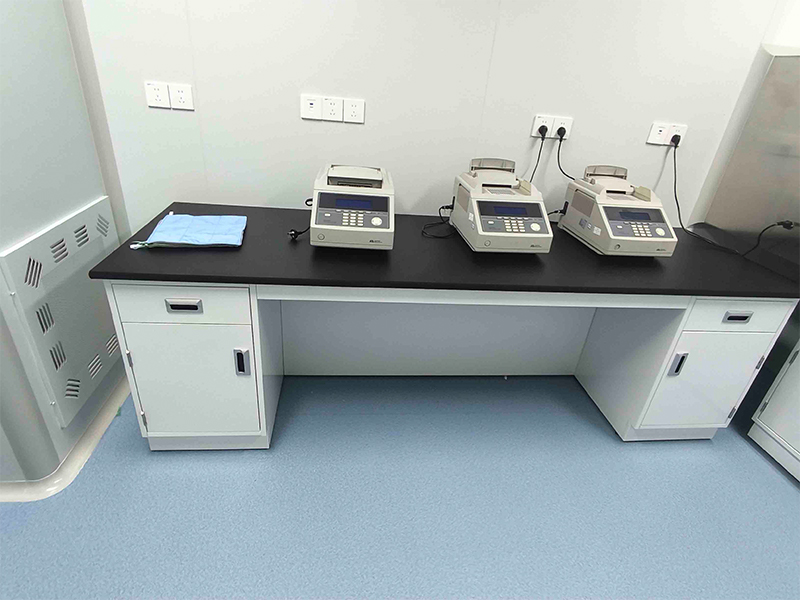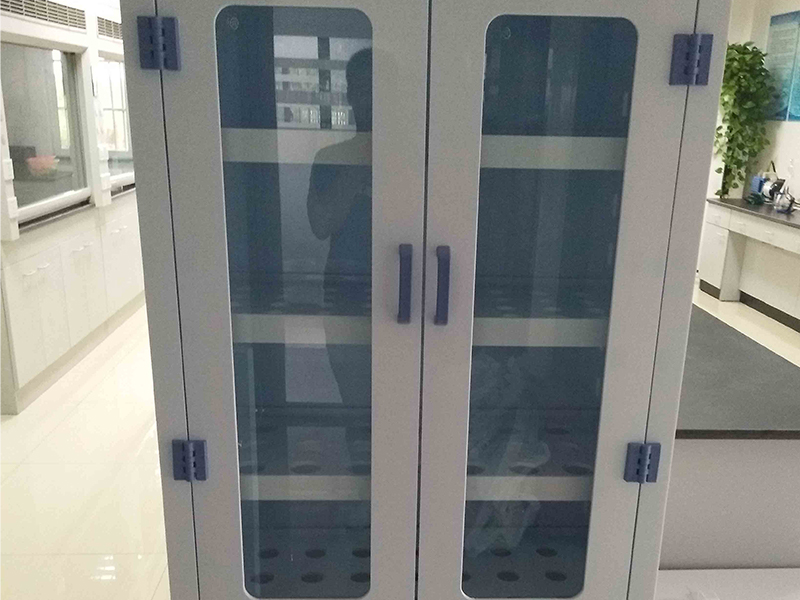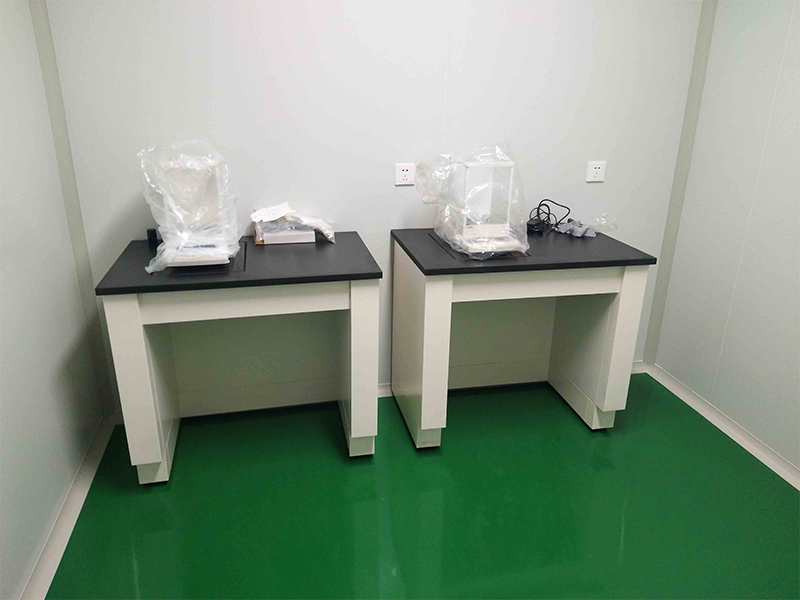Let’s be honest: fume hoods are the unsung heroes of any decent lab, but people mess up their airflow design way more often than they think. And yeah, you might think you’re doing everything right—until some funky smell starts creeping out and suddenly the lab feels more like a villain’s lair than a safe workspace.
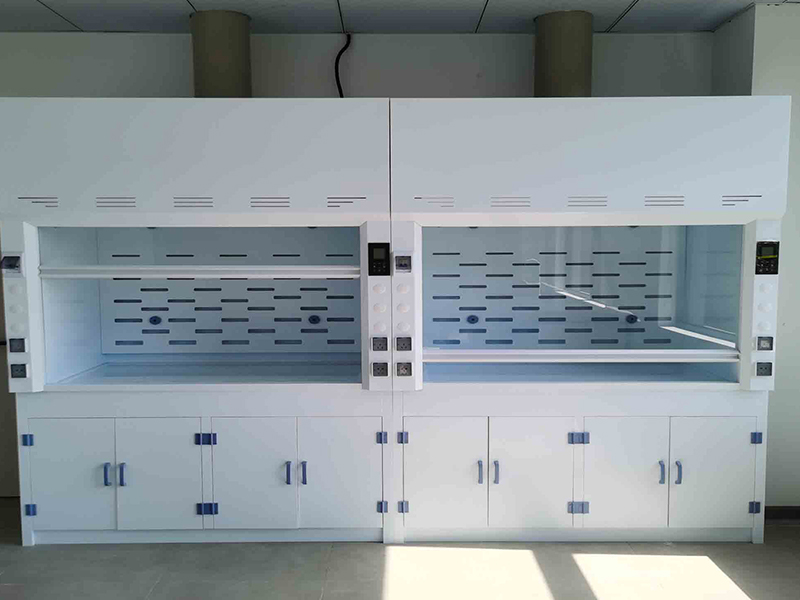
Classic rookie move? Face velocity way off the mark. Some folks crank it up so much it’s like working in a wind tunnel, which sounds cool but totally isn’t. All that does is stir up turbulence, and next thing you know, fumes are escaping. Go too low, and, well, say hello to hazardous vapors hanging around where you breathe. Target’s usually 80–120 feet per minute (fpm), but check your local guidelines, too—nobody wants OSHA breathing down their neck.
Another thing: stop turning your fume hood into a storage closet. Shoving big equipment in there or just piling stuff up creates airflow dead zones, and that’s basically an open invitation for fumes to sneak out. Best move? Keep things tidy and centered, let the air do its job, and don’t block those critical paths.
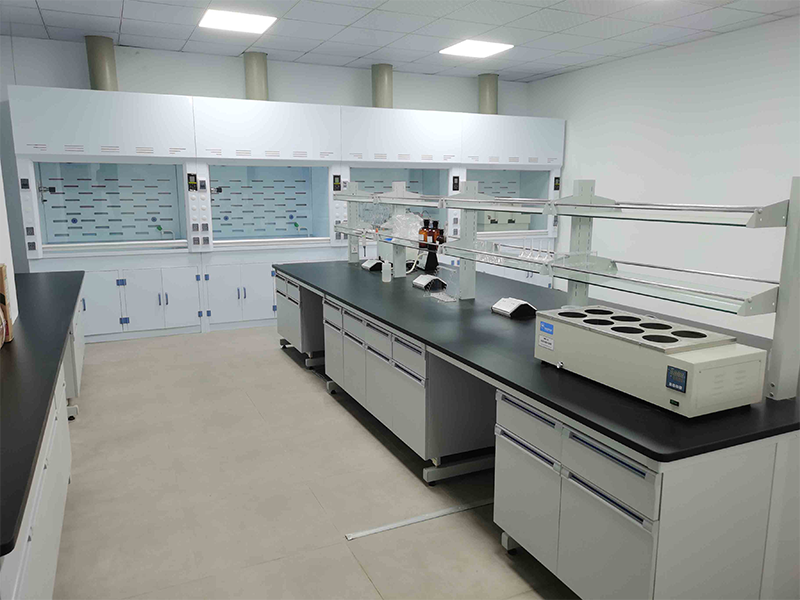
Oh, and maintenance. Seriously, don’t be the person who ignores it until something starts beeping. Filters get gross, fans wear out, sensors die—stuff needs a regular checkup. It’s not glamorous, but neither is a surprise chemical exposure.
Want to level up? Look into adjustable airflow controls—yeah, those exist. Low-turbulence baffles are a game changer, too. Real-time airflow monitors? Not just for nerds; they actually save your bacon. And don’t skip out on training—most mistakes happen because nobody bothered to show folks how to set the sash height or where to keep their hands. If you’re installing new hoods, CFD simulations are worth every penny for optimizing the whole setup.
Bottom line: fume hood airflow isn’t rocket science, but it does take some attention (and a little common sense). Get it right, and you’ll keep your lab safe, your air clean, and your equipment running way longer. Ignore it, and, well… hope you like surprises.

